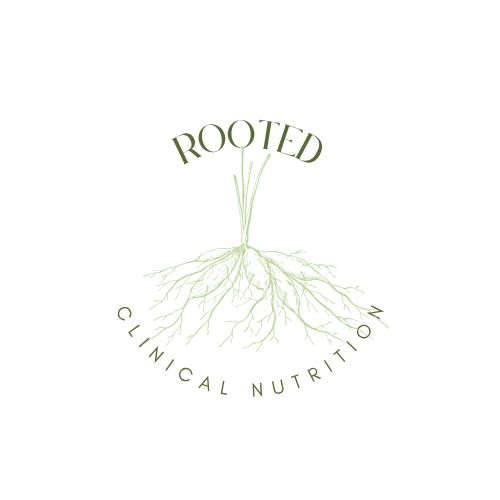The Importance of Iron
What Does Iron Do?
Iron is used to make proteins found in both red blood cells and our muscles that carry oxygen throughout the body. If our organs, muscles and tissue don’t receive enough oxygen we may feel tired, weak or breathless. Iron also works with our immune system to make immune cells to keep us healthy. With low iron levels, we may be more prone to catching a cold or other infections. During adolescence, the body is growing and changing rapidly. Throughout this stage of life for adolescents, eating more iron is essential for proper growth both physically and cognitively and to stay healthy. Adolescent females start menstruation in this stage of life. To support this physiological change in the body, females between 14-18 years of age (or younger depending on the start of menses) need a higher intake of iron in their diet. Adolescent males have a huge growing period, or growth spurt, and need a higher intake of iron to support their changing bodies.
Daily Recommendations of Iron Intake
The chart below follows recommended daily values of iron for healthy adolescents (Brown, 2020).
-
Ages 9 - 13 = 8 mg/day
Ages 14 - 18 = 11 mg/day
-
Ages 9 - 13 = 8 mg/day
Ages 14 - 18 = 15 mg/day
-
Under or at 18 years of age = 27 mg/day
-
Under or at 18 years of age = 10 mg/day
Iron Deficiency
Iron deficiency is the most common nutrient deficiency in adolescents. Severe iron deficiency can lead to a chronic disease known as anemia for adolescent females. Iron deficiency is more prevalent in adolescents for a variety of reasons. Poor diet or food insecurity can affect the quality of food in the diet. Some adolescents rely on school breakfast and lunch and these meals may not always meet their iron intake needs. Many adolescents are involved in sports or extracurricular activities involving exercise or physical activity. It’s common for adolescent athletes to have an iron deficiency. Adolescent females who are menstruating also commonly have an iron deficiency. Vegetarian and vegan adolescents may have a hard time reaching daily iron intake goals as well which can lead to an iron deficiency. Symptoms of iron deficiency include: fatigue, pale skin, brittle nails, shortness of breath, fast heartbeat, muscle weakness, headache, and dizziness.
Iron-Rich Food Sources
-
Red meat (beef), oysters, clams, organ meats (liver), poultry, eggs, tuna
-
Prunes/prune juice, Spinach, dark leafy greens, broccoli, sweet potatoes, peas
-
Fortified cereals, fortified oatmeal, lentils, beans, chickpeas, tofu
Iron Supplementation
Research has shown that daily iron supplementation is beneficial for adolescents, especially menstruating adolescent girls. The World Health Organization recommends a dose of 30mg-60mg of iron daily for adolescents to prevent iron deficiency and anemia. Consulting with your doctor about iron supplementation and dosage is recommended.
References:
Clénin, G., Cordes, M., Huber, A., Schumacher, Y. . O., Noack, P., Scales, J., & Kriemler, S. (2015). Iron deficiency in sports – definition, influence on performance and therapy. Swiss Medical Weekly, 145(4344), w14196. https://doi.org/10.4414/smw.2015.14196
Finkelstein, J. L., Herman, H. S., Guetterman, H. M., Peña‐Rosas, J. P., & Mehta, S. (2018). Daily iron supplementation for prevention or treatment of iron deficiency anaemia in infants, children, and adolescents. The Cochrane Database of Systematic Reviews, 2018(12), CD013227. https://doi.org/10.1002/14651858.CD013227
Canavan, C & Fawzi, W. (2019). Addressing Knowledge Gaps in Adolescent Nutrition: Toward Advancing Public Health and Sustainable DevelopmentLinks to an external site.. Curr Dev Nutr 3(7): nzz062 doi: 10.1093/cdn/nzz062
Brown, J. Nutrition Through the Life Cycle. 7th ed. Cengage Learning; 2020.
Raymond, J. & Morrow K. Krause and Mahan's Food & the Nutrition Care Process.16th ed. Elsevier; 2023.

